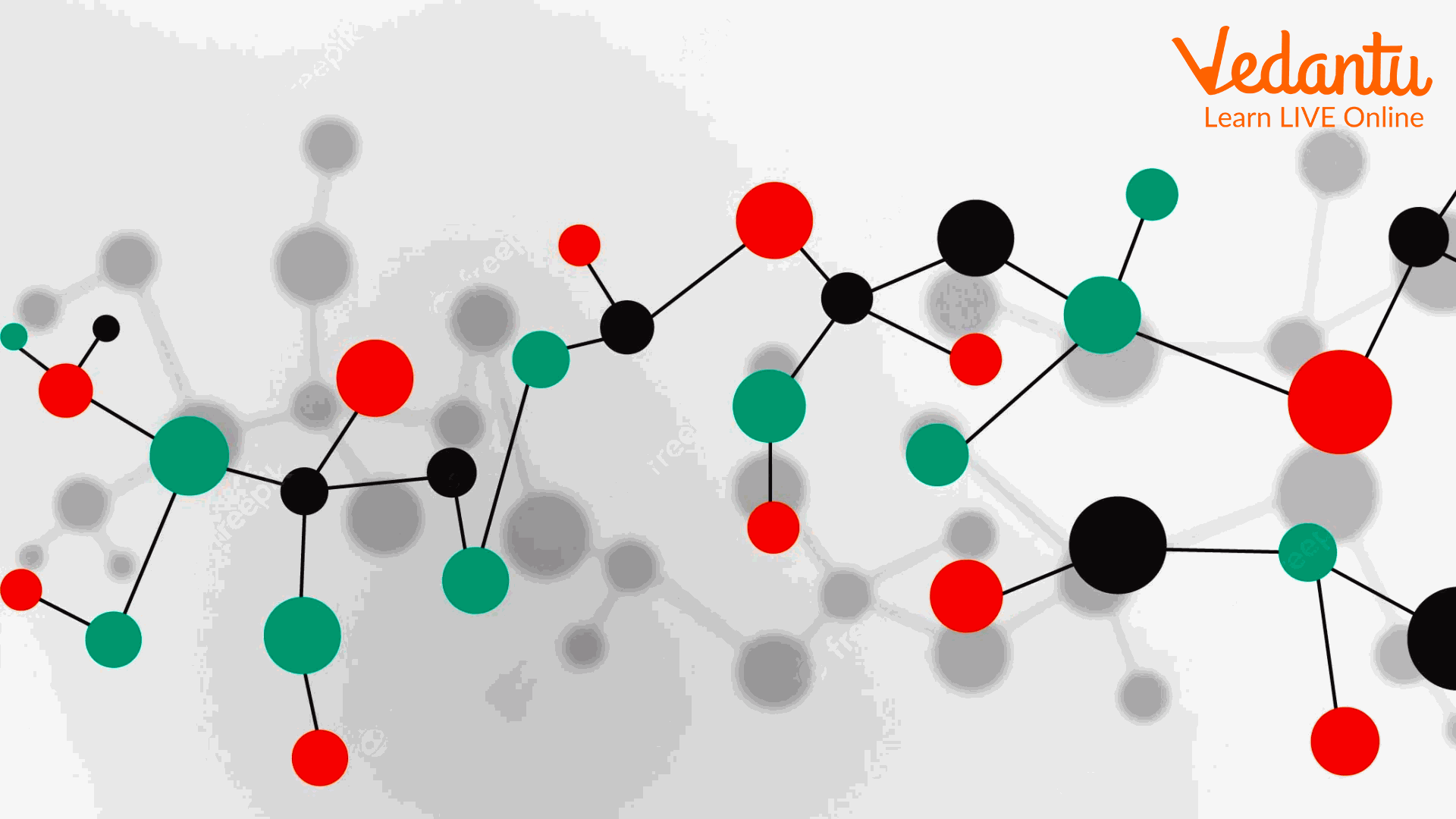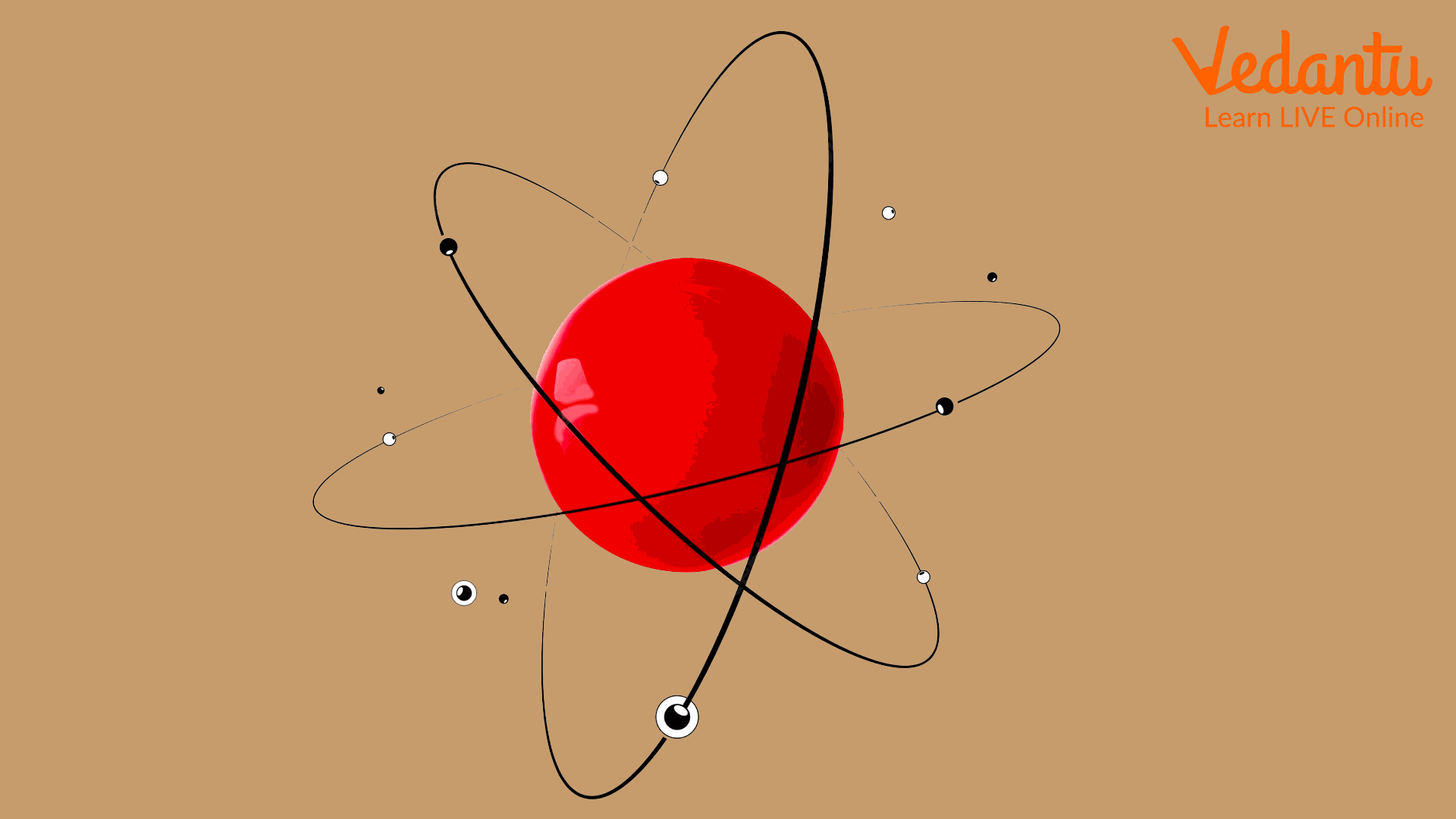




Introduction
Everything we see is just made up of some particles called matter. The cricket bat or a lovely doll we see is also made up of matter. Even if we see it with a powerful microscope, the matter is made up of microscopic particles that are too small to observe. They are so tiny that 100,000 particles in a line would be required to match the breadth of human hair!
What is Matter?
Everything is visible and feelable matters. It’s the stuff that was made by the Universe’s nature. The matter is defined as everything that has mass and fills space. For example, Plants, animals, and humans are all examples of matter as they have mass and occupy space. The matter may be living or non-living as they both have mass and fill the universe's space. The whole galaxy is acquired by matter.

Matter Present in Classroom Environment.
Particles of Matter
The matter is made up of lakhs and millions of tiny particles and those particles are called particles of matter. Matter can be in 3 states that are solid, liquid and gas. In each state of matter, particles are ordered and move differently. Those particles are nothing but atoms and molecules. Atoms are the smallest particle of matter and many atoms join to form a molecule. A molecule is the collective state of many atoms.

Molecules
And the particles of matter of two types and what are they?
It is,
Atoms
Molecules

Atom
Characteristics and Nature of Particles
The nature of the particle defines the structure of matter.
For example,
In gases, the particles of matter that are millions of atoms and molecules are joined together. The movement of particles presented here is more. This marks the nature of that matter more gaseous.
On the other hand,
In solids, millions of atoms and molecules join so tightly that the gap between the atoms and molecules is less. Here the movement is almost zero. This makes the nature of the solid that is rigidity.
&
In liquids, these particles of matter are not bound too tightly or loosely, making the liquid an in-between stage between solid and gas. Here the movement is not too high and too low, it is in between.
Summary
The matter is a very important knowledge that we need to know as we are facing them in day-to-day life. Particles of matter that are atoms and molecules are a way more important and complex factor that we need to know. Everything is made up of atoms and molecules. So we should also know the basics like characteristics etc., of these matter particles.
Solved Questions
1. Choose the smallest particle of matter?
a) Atom b) Molecule c) Cell
Ans: a) Atom
2. Everything around you is _______.
a) Matter b) Metal c) Wood
Ans: b) Matter
FAQs on Particle Nature of Matter
1. What is matter according to science?
In science, matter is defined as anything that has mass and occupies space (volume). Everything around us, from the air we breathe to the chair you are sitting on, is an example of matter.
2. What does the 'particle nature of matter' mean?
The 'particle nature of matter' is the concept that all matter is not continuous but is composed of extremely tiny, discrete particles. These particles are constantly in motion and have spaces between them. This idea helps explain the properties of solids, liquids, and gases.
3. What are the tiny particles that make up all matter called?
All matter is made up of fundamental particles called atoms and molecules. Atoms are the smallest units of an element, and they can combine to form molecules, which are the building blocks of most substances.
4. What are the main characteristics of the particles of matter?
The particles of matter have several key characteristics that determine the properties of a substance. The main ones are:
- They are extremely small: Particles are too small to be seen with the naked eye.
- They have spaces between them: The amount of space varies between solids, liquids, and gases.
- They are in constant motion: Particles possess kinetic energy and are always moving or vibrating.
- They attract each other: A force of attraction exists between particles, holding them together.
5. How is the arrangement of particles different in solids, liquids, and gases?
The arrangement of particles explains the different states of matter:
- In solids, particles are tightly packed in a fixed pattern with very little space between them. They can only vibrate in their fixed positions.
- In liquids, particles are close together but can slide past one another. They do not have a fixed arrangement.
- In gases, particles are very far apart with large spaces between them. They move randomly and rapidly in all directions.
6. Can you give a simple example from daily life that shows matter is made of particles?
A simple example is dissolving sugar in water. When you stir sugar into a glass of water, it disappears. This happens because the tiny particles of sugar break away and fit into the empty spaces between the particles of water. The water level doesn't rise significantly, which proves that these intermolecular spaces exist.
7. Why can we smell hot food from a distance, but not cold food?
This is because of the motion of particles. Hot food releases aromatic particles that have high kinetic energy. This high energy makes them move very fast and spread out (diffuse) quickly through the air to reach our nose. Particles from cold food have much less energy, so they move slowly and do not travel far.
8. If matter has spaces between its particles, why do solids like a stone feel hard and rigid?
While solids do have spaces between their particles, the inter-particle forces of attraction are extremely strong. These strong forces lock the particles into a fixed, rigid structure. This prevents them from moving freely or being easily compressed, which is why a stone feels hard and maintains a definite shape.









